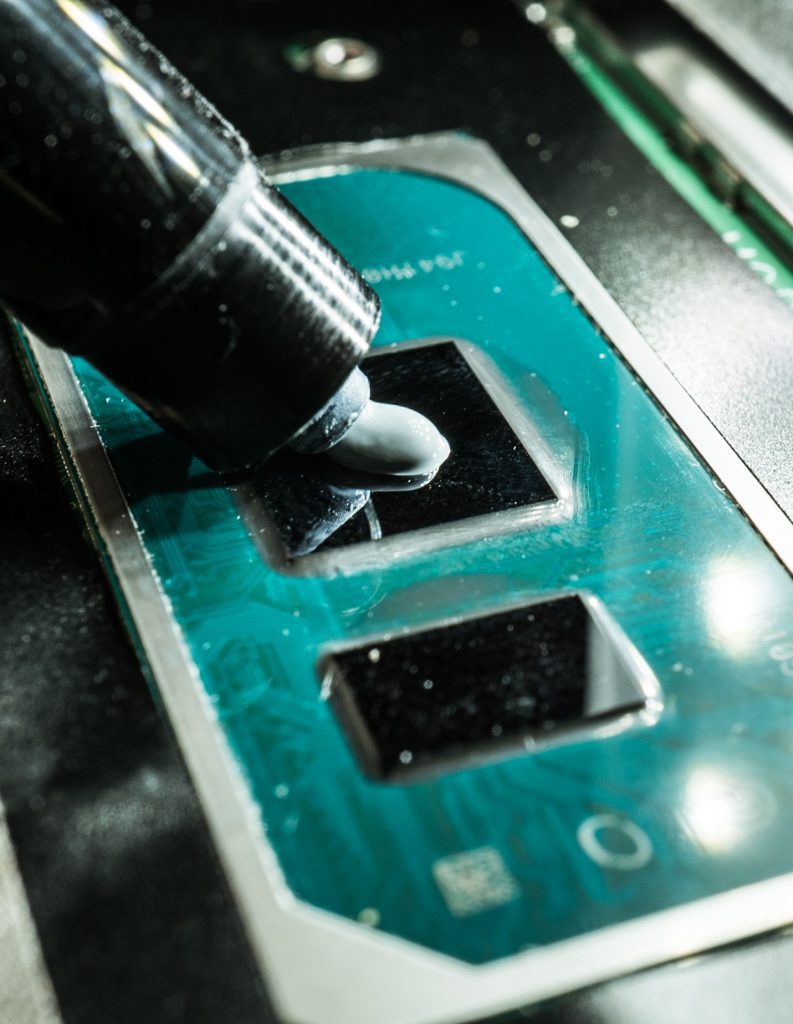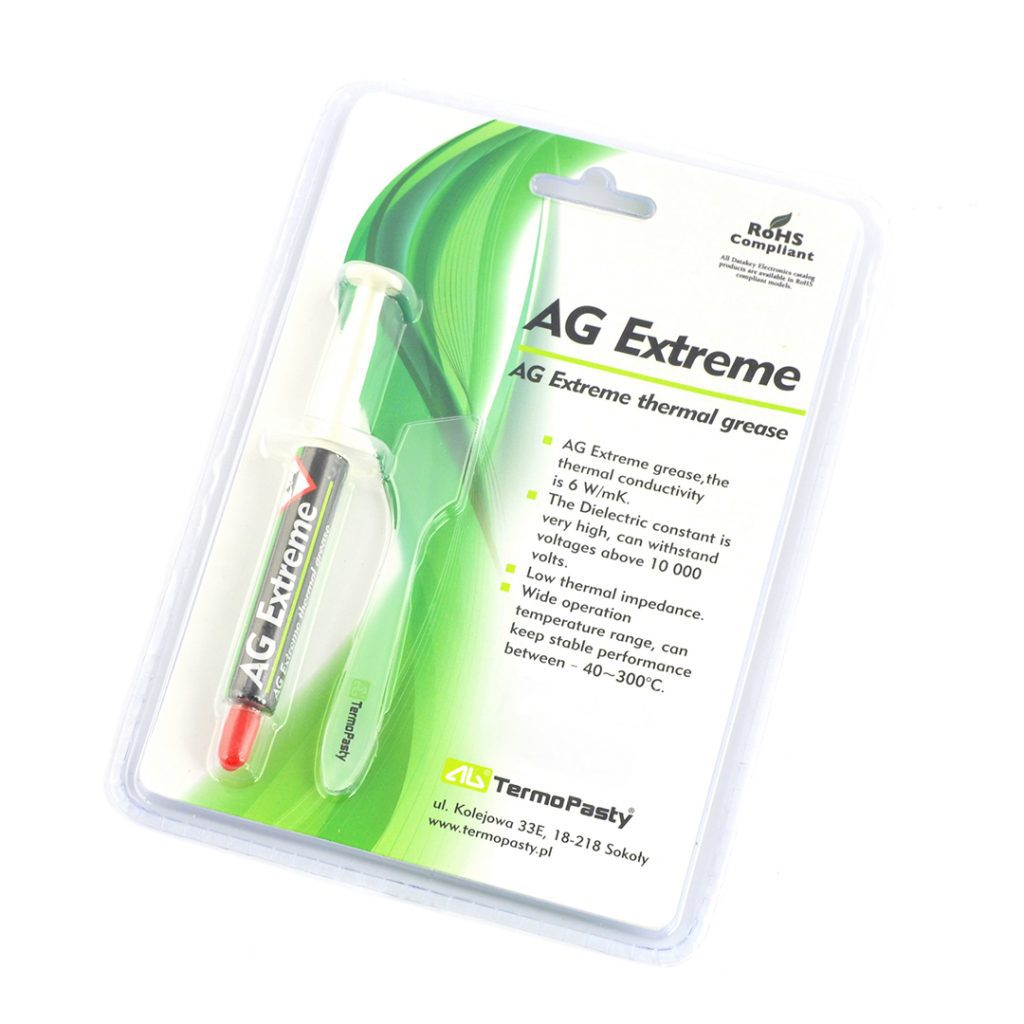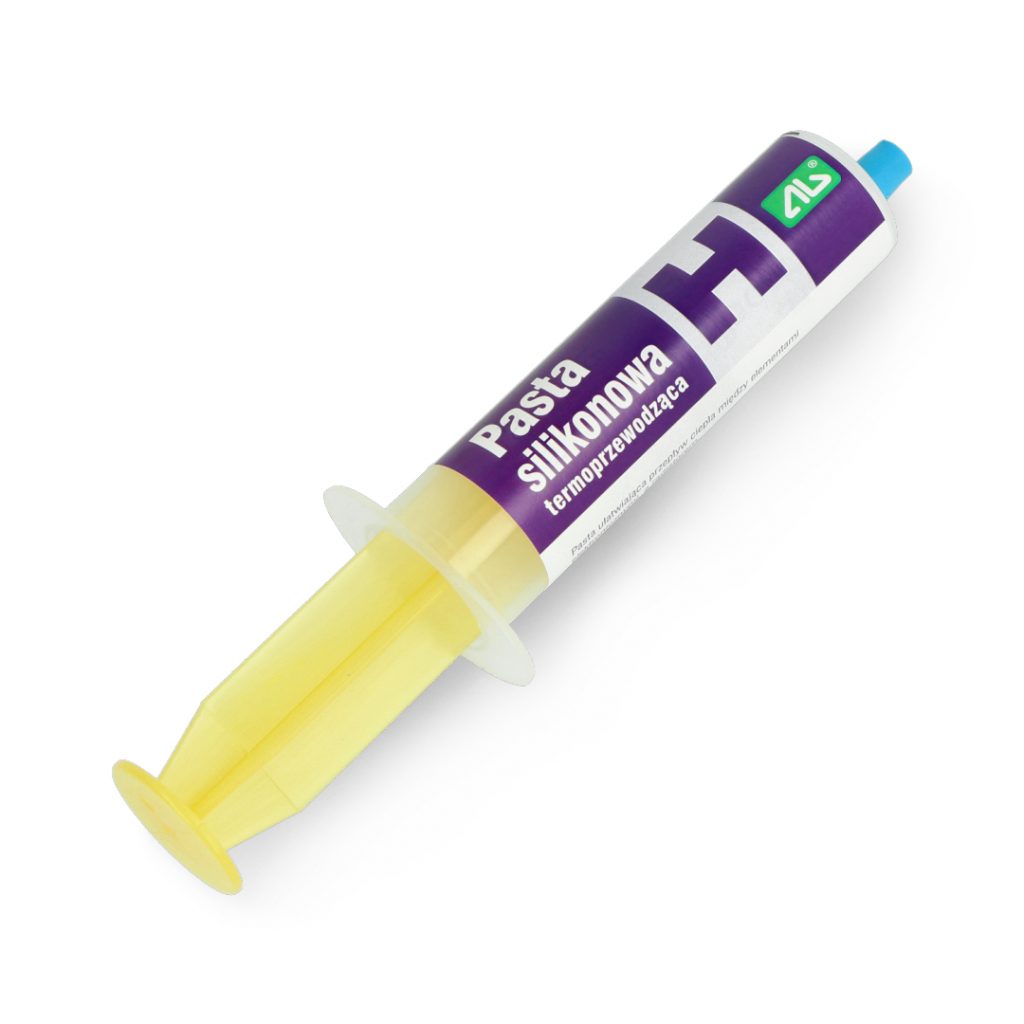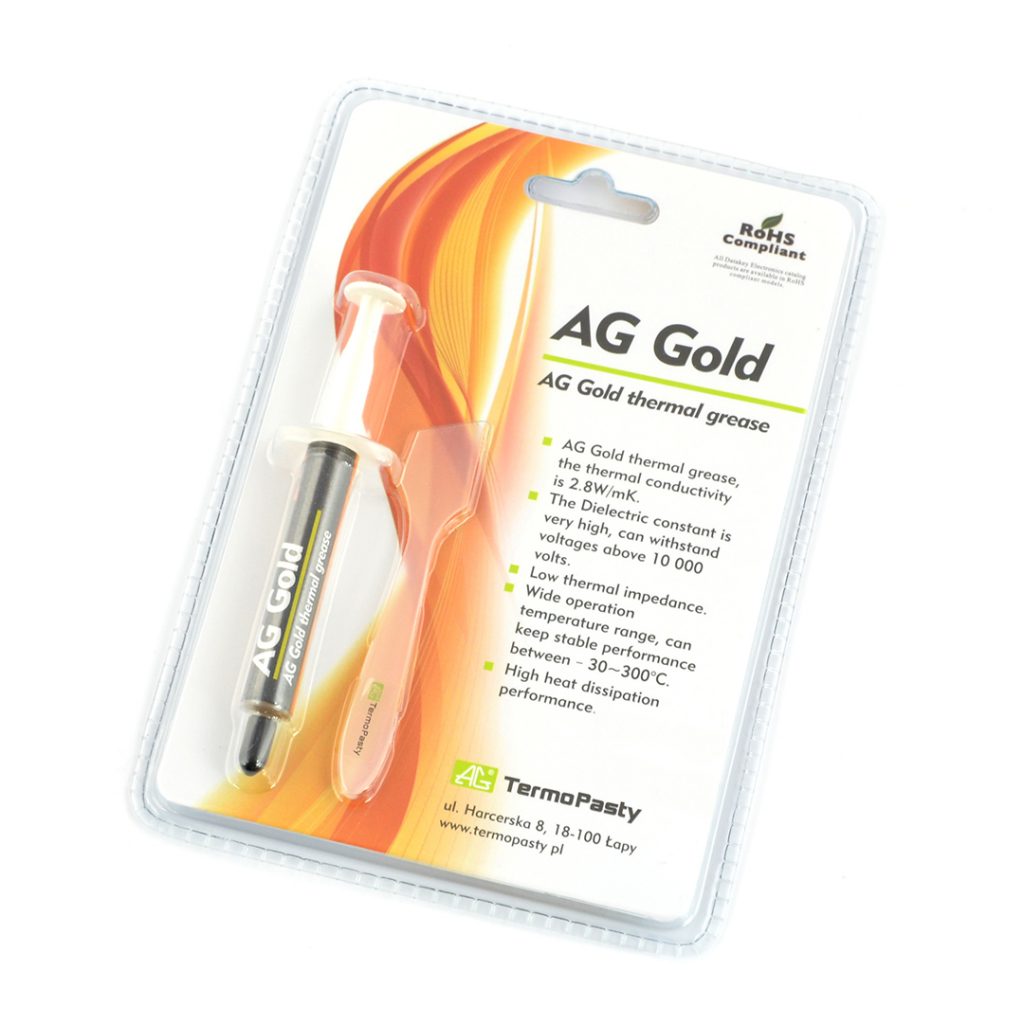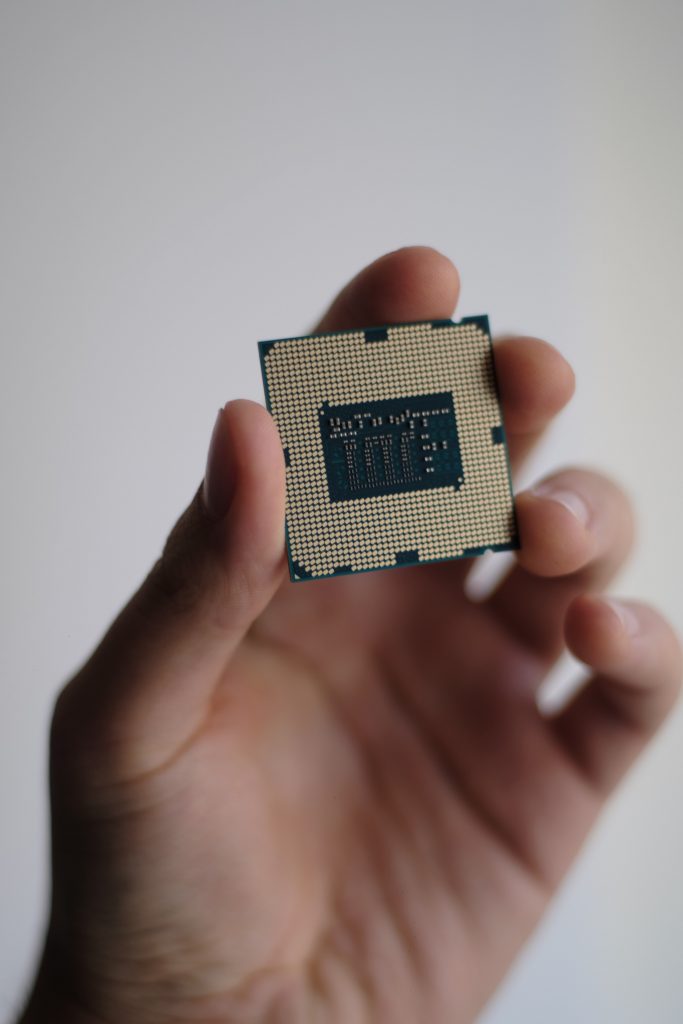Table of Contents:
The cooling of electronic components is an extremely important aspect of equipment design, which is however forgotten or at least underestimated by many novice designers. Inappropriate component selection, poorly thought-out installation of heat sinks and/or fans, or insufficient knowledge of the rules of cooling system construction can easily lead to overheating, or even damaging key components.
To make matters worse, long-term overheating of components (e.g. transistors, power amplifiers or linear regulators) may go unnoticed during initial testing, leading to sudden failure. It is worth to know, that even using solid heatsinks and forced air or water cooling, the required heat dissipation efficiency may not be achieved, if the proper thermal conductive paste is not used in the device.
Thermal conductive paste – How it works
When a heat sink is installed on an IC, transistor, or other component that generates a lot of heat during operation – even if the surfaces of both components are almost perfectly smooth – there will always be an uneven, very thin layer of air. Seemingly a small problem, but in fact this microscopic gap is a quite effective thermal insulator, which impedes the flow of heat from the cooled component to the heat sink and – further – to the environment around the PCB.
In order to minimise the influence of this unwanted insulation on the heat transfer, it is worth using thermal conductive paste – a special preparation with the consistency of a cream or very thick slurry, based on a material with a high thermal conductivity factor. After even application of a small amount of paste on the contact surface of the heatsink and the casing of the cooled component, both elements should be pressed (usually by screwing with a screw or – in the case of computer processors – by using a special latch) – this will cause the paste to spread over the entire surface and press it into any remaining gaps. Filled gaps will provide much less resistance to heat flow than if left unfilled.
Which heat conducting paste for which applications?
A fundamental question to be considered when designing an electronics cooling system is which thermal conductive paste to choose. Interestingly, the answer depends not only on the type of component to be cooled, but also the range of expected operating temperatures, the cooling method, the electrical requirements, and the intended budget. Silicone-based heat conducting pastes have gained particular popularity – usually in the form of a uniform, white substance of varying (depending on the type selected) density, sold in tubes, jars, or syringes.
The main advantage of silicone pastes is the ease of application to the cooled element, good resistance in a wide temperature range and relatively low price. What is important, silicone pastes are electrically non-conductive – thanks to that they are perfect for systems where isolation of particular elements from the heatsink is essential (it should be remembered, however, that ensuring full galvanic isolation requires using additional means, e.g. kapton foil, plastic washers under assembly screws, etc.).
The best thermal paste for demanding applications
Unlike silicone pastes, silver-based pastes have the form of a thick suspension with silver dust – the metal is an excellent conductor of heat and that is why metallic pastes are eagerly used in cooling computer processors, motherboard chipsets and graphics card processors. Pastes based on copper or even gold work on a similar principle – however their prices are often much higher than in the case of silver pastes of comparable volume. Some pastes based on metallic dust allow operation at temperatures far exceeding the range allowed for silicone pastes – for example, gold-based pastes are resistant to temperatures as high as 340°C. This is why this product group has found its way into applications such as overclocking computers or heat exchangers in solar collectors.
How useful was this post?
Click on a star to rate it!
Average rating 0 / 5. Vote count: 0
No votes so far! Be the first to rate this post.


